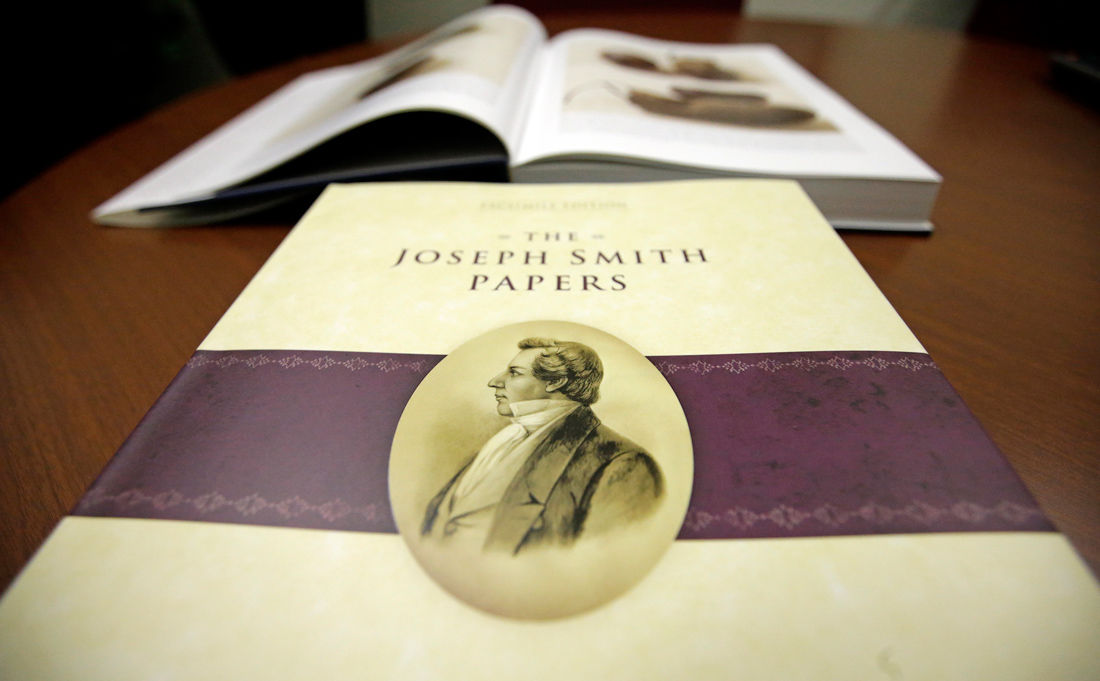They do not drink alcohol, coffee or tea and do not smoke, due to a revelation made by their prophet called "The Word of Wisdom". They believe that even today there are living prophets, who receive daily divine revelation and act for the benefit of mankind. They preach repentance, charity, sexual purity outside of marriage.
The Mormons has been closely linked to the practice of polygamy. A spouse with many spouses and not the other way around. And although The Church of Jesus Christ of Latter-day Saints, as it is officially called, abolished polygamy in 1890, there were many believers who did not comply. To this day, their descendants practice these practices, forming a separate branch of this religious faith.
The founder of this particular religion, Joseph Smith, was the child of a family of poor peasants who became a charismatic prophet, a proponent of polygamy, the creator of a city and a church, and ultimately a witness to the very faith he established.

Born in Vermont in 1805, his parents had little means to support the family. As a boy, Joseph impressed everyone around him, especially after the family moved to western New York. His mother remembered the courage he showed when he was just seven years old during a painful operation to save his leg after being stricken with typhoid fever.
In 1825, at the age of just 20, a 21-year-old teacher named Emma Hale was so impressed by the charming young man that she married him two years later, in January 1827.
The visions began in 1820, when Smith was 14 years old and would determine the future of himself and the people who would choose to follow him blindly. In the first of these visions, Smith saw a pillar of light and images of God and Jesus Christ. During the vision, he received the warning that all Christian values had deviated from the truth. In 1823 a series of visions would follow with an angel named Moroni telling him about a book written on gold plates. The book tells the story of a group of Israelites who settled in America around 600 BC. After a trial period, Smith was allowed access to these tablets, along with a device that allowed him to read what they wrote.
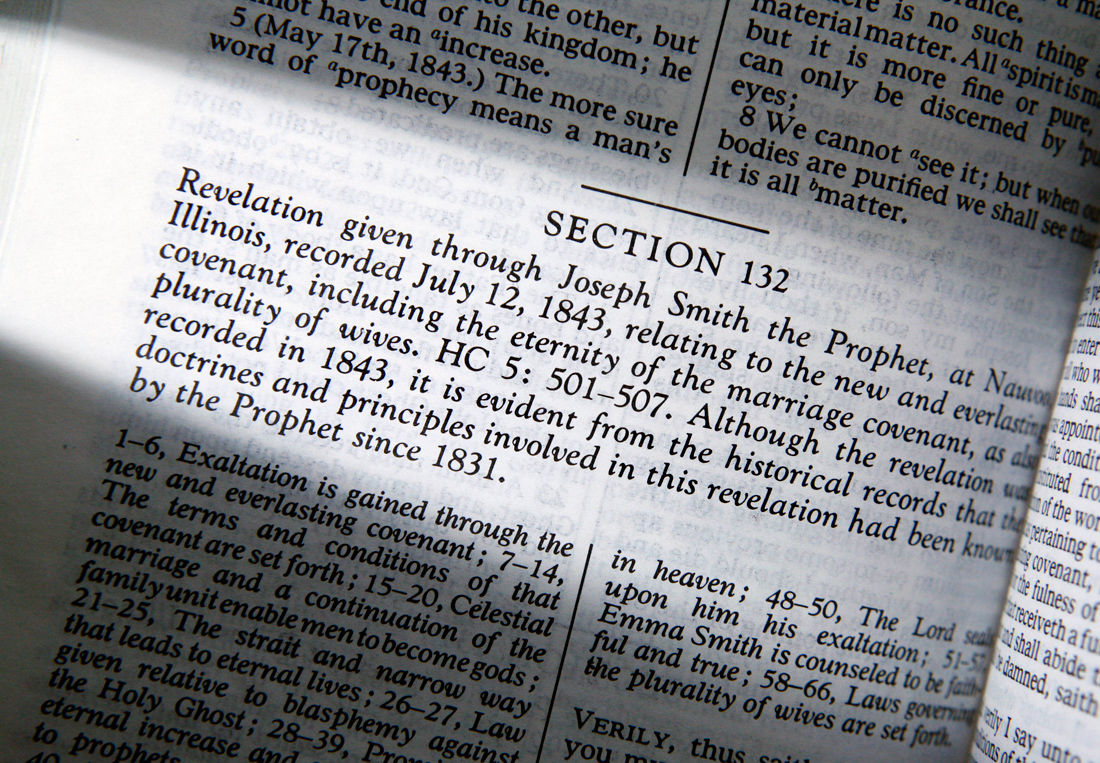
Between 1827 and 1830, Joseph translated these texts, dictating what he said they wrote, first to his wife Emma and then to others. The result was called the Book of Mormon. Together with a small group of people gathered around the young prophet, he created the "Church of Jesus Christ's, Which for those outside became known as the "Mormon Church" based on the book.
To avoid criticism, the group fled western New York and in 1831 began a long period of immigration. As young people joined it, they gathered with the prophet and were called "Latter-day Saints." The team headed to Kirtland, Ohio, where they would be stationed for the next six years. Shortly after their arrival, the Prophet sent a large number of his followers to the Independence of Missouri. During his stay in Kirtland, Smith's personality traits also came to light. A charming man, charismatic and dynamic, he managed to organize the construction of a temple, using exclusively the means of his poor followers. At the same time he announced that he had 65 revelations, while some said that they saw God standing next to him.
With his influence growing and more and more believers arriving in the area, the original inhabitants were alarmed that the "foreigners", called "Latter-day Saints", would prevail in their own parts. And so the persecution began, and the "Saints" became refugees, fleeing first to Clay County, Missouri and then to a new area on the western border of the United States.
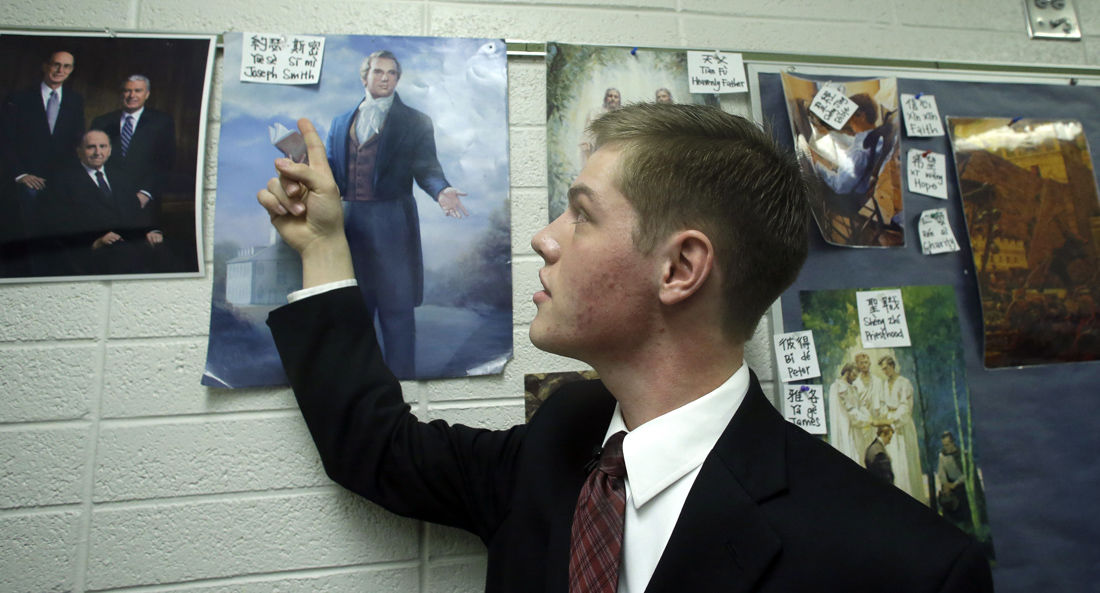
Meanwhile, by the mid-1830s, rumors were already circulating that Smith had had another wife. And that was the least of the fact that he and some of his followers had set up a bank in 1836 that collapsed during the Panic of 1837. Smith left Kirtland shortly before falling into the hands of angry creditors in January 1838 and fled to Missouri to unite with his followers who had begun to build a growing settlement in a city called Far West. The reception in Missouri, however, was even more turbulent than that in Kirtland. Violent groups of residents and a hostile local government led to the arrest of the Prophet and forced his followers to leave the State within a year.
And while a man with less determination would have given up, Smith was determined to expand his vision. He bought a swamp in Illinois and founded a city. Thousands of Mormons arrived in the area called Navu. His power quickly consolidated, with Smith commanding the city, its courts, and its army, which became the largest in the State. Appearing in his only portrait in military uniform, Smith began behaving like a religious tyrant, threatening the American way of life at the time.
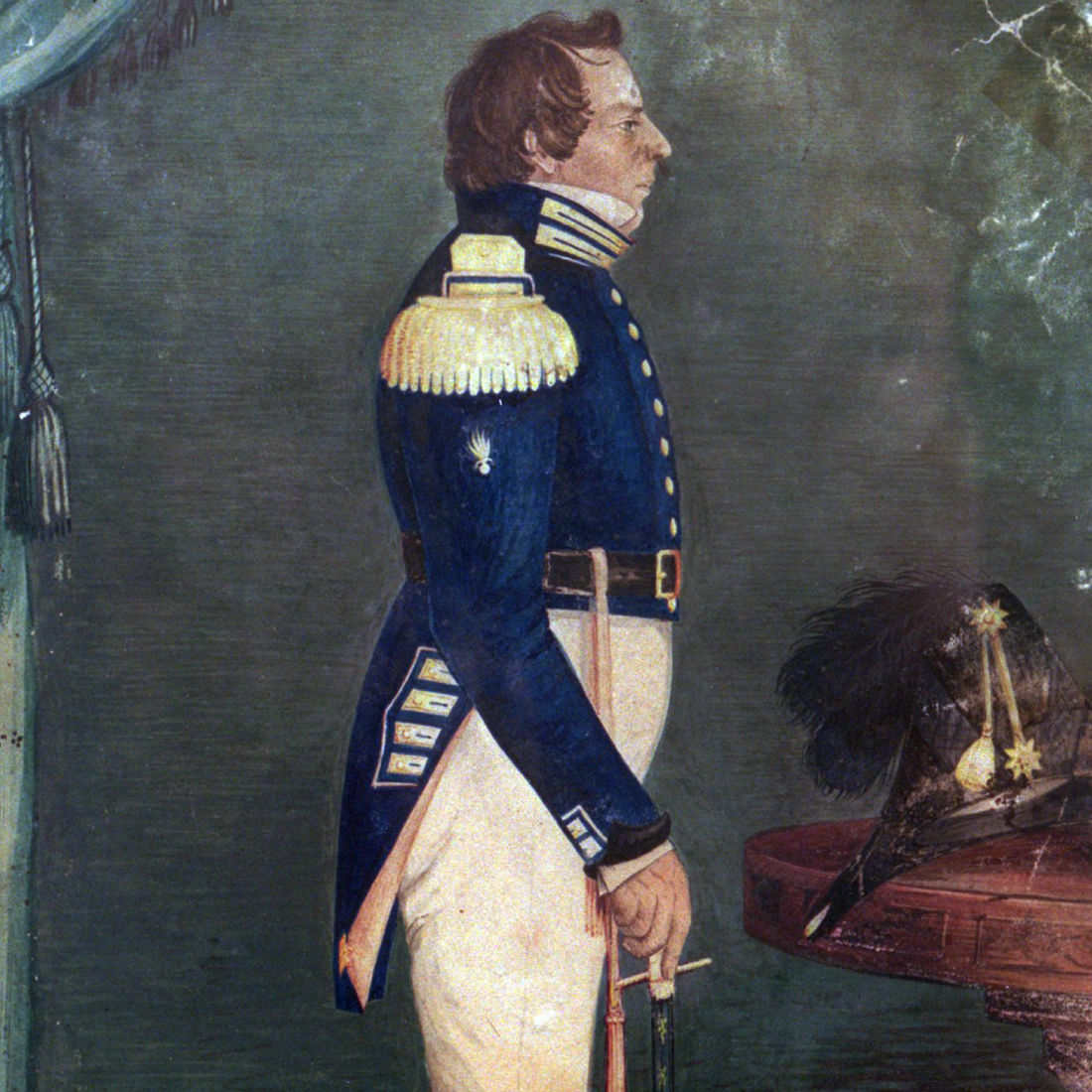
Things started to get especially difficult when the rumors about polygamy spread inside and outside the community. In fact, the prophet, who had already married several women, spoke of a revelation about the "divine marriage" that included the acceptance of polygamy in 1843. But this revelation became widely known in 1853, when the "Latter-day Saints" arrived. in the Salt Lake Valley. The practice, meanwhile, has caused widespread confusion and backlash within the Mormon community. When some of Smith's followers published in a newspaper the following year some complaints about the way the city was run and the multiple marriages, Smith ordered the destruction of the newspaper.
Receiving threats of capture and possible death at the hands of his enemies, Smith left Nabucco, only to return again and accept his fate. On June 27, 1844, he was shot and killed by an angry group of civilians.
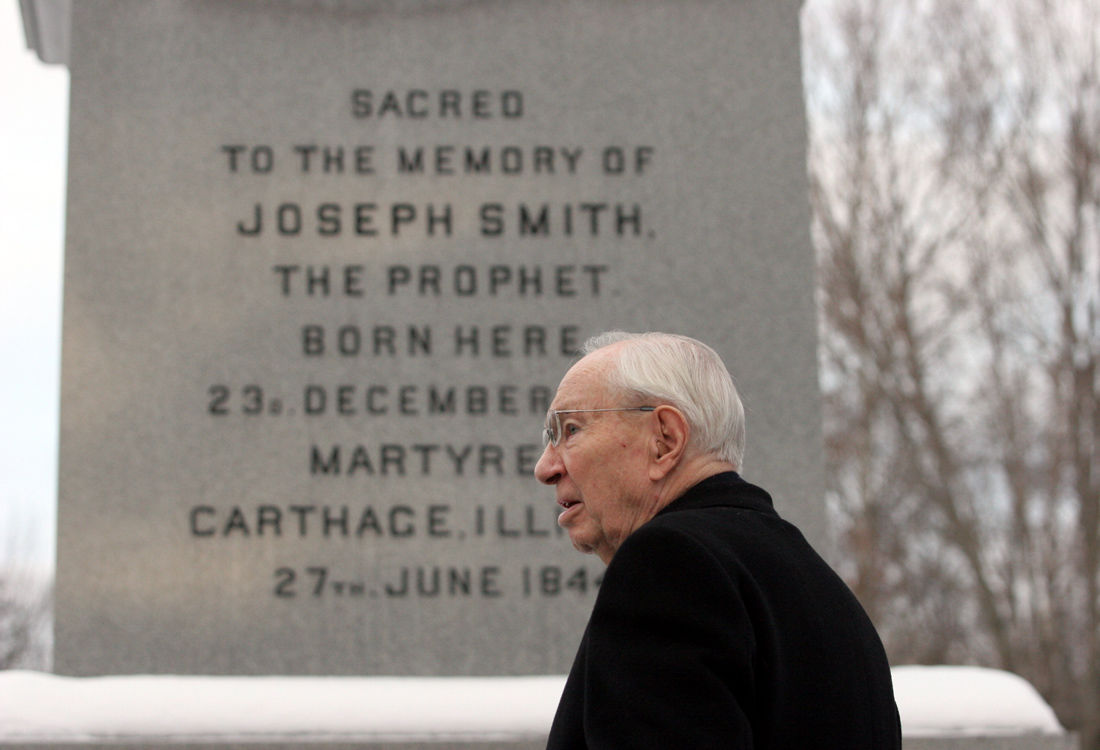
With the death of Smith, the Church of Jesus Christ was fragmented. Some Mormons realized that by living together in one place as a 'concentrated community', it provoked reactions. Others, many of whom had not lived in Nauvoo from 1839-1844, believed that while the Book of Mormon was a "new covenant of Jesus Christ", Smith's prophetic powers were used fraudulently, especially concerned polygamy. Rejecting it, they decided to settle in other parts of the United States.
The largest group of Smith's followers emigrated to Utah in 1847, under the leadership of Brigham Young, who succeeded Smith. Under Young, polygamy ceased to be a mere rumor, and in 1852 the marriage of one man to many women was officially adopted by the Mormon Church. By 1880, it was estimated that 20-30% of Mormon families were polygamous.

The practice, however, continued to provoke reactions, with priests and people of letters calling it synonymous with slavery. In 1878, the US Supreme Court ruled that polygamy was a "hateful" practice. The criminalization of polygamy as a federal offense was not long in coming. Entire families began to hide to avoid imprisonment. Mormon men were portrayed as fanatics who exploited innocent believers to satisfy their sexual appetites. Under public pressure and after violent attacks against Mormons, their church announced in 1890 that it would not ratify these marriages. Nevertheless, there were hardliners who insisted on practicing this practice and detached themselves from the main body of the church. Others have adapted their habits to get closer to the widely accepted American way of life.
Almost two centuries later, it is a real issue for American society. Most Mormons who are polygamous have legally married one of their wives, while the rest - for purely legal reasons - call them simply "spiritual partners". However, in the close circle of religion, they are equal spouses to the one recognized by American law.
